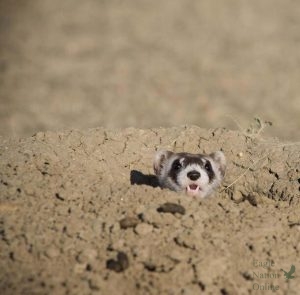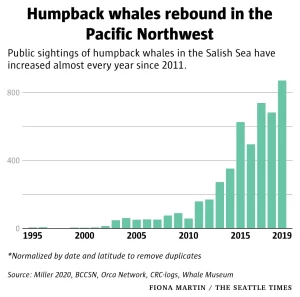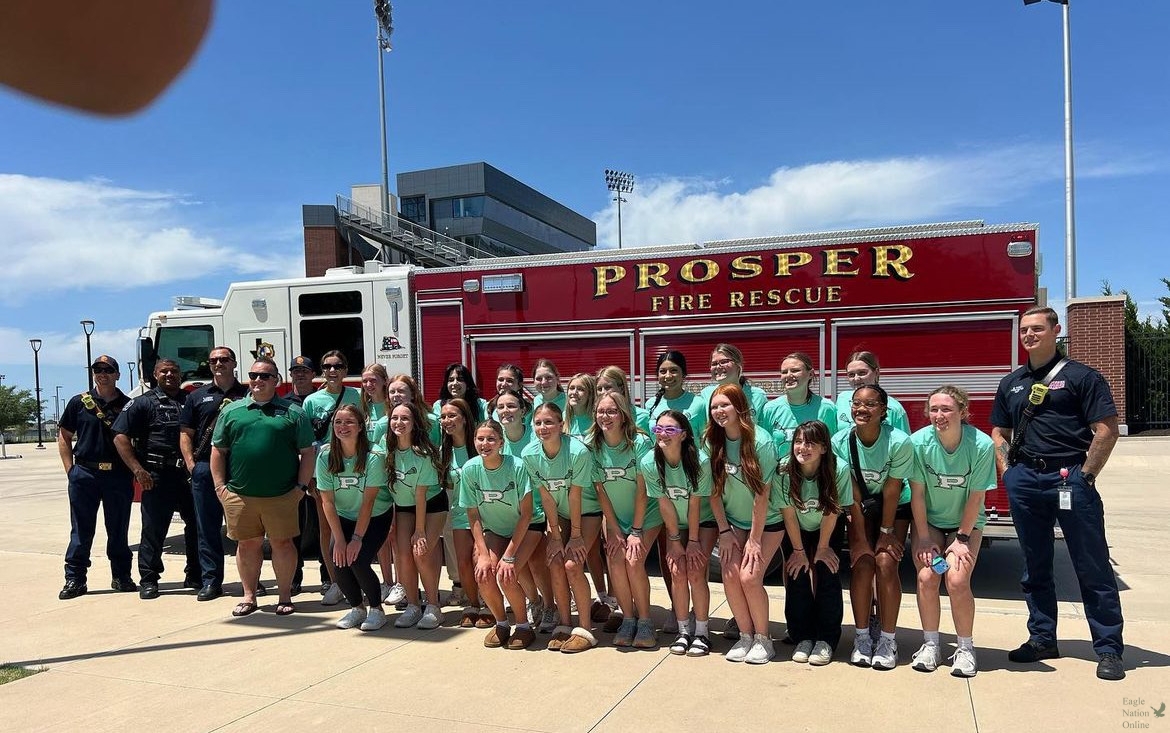On Dec. 28, 2023, the Endangered Species Act celebrated its 50th Anniversary. First signed into law in 1973 by President Richard Nixon, the act provides protection for over 1,600 species classified as threatened or endangered. Although this legislation is now half a century old, it still plays a significant role in preserving populations of endangered species across the country. This landmark anniversary is the perfect occasion to an reflect on the success stories brought forth by the Endangered Species Act.

Black-footed ferret:
The black-footed ferret is a mammal that inhabits the Great plains region of the United States. They live in habitats where prairie dogs – their natural prey and primary food source, are plentiful. First listed as endangered in 1967, black-footed ferret populations continued to plummet during the 1970s until they were officially declared extinct in 1980, or so they thought. In 1981, a ranch dog in Wyoming brought an unrecognizable animal to its owners. The animal turned out to be the supposedly extinct black-footed ferret. Wildlife biologists searched the area around the owner’s home to find prairie dogs, a potential food source. Instead, they found an entire colony of black-footed ferrets. In just one year, black-footed ferrets appeared back in the wild under strict protection by the Endangered Species Act. Despite their inspiring comeback from extinction, black-footed ferrets are still listed as critically endangered with only about 350 individuals living in the wild, as Great Plains habitats continue to dwindle due to agriculture, industry, and pollution
Bald Eagle:
The national bird of the United States, the bald eagle, was officially declared endangered in 1967. Bald eagle numbers started to plummet in the 1960’s and continued to decline until the bird that symbolized American prosperity and freedom was on the brink of extinction. This was due to widespread habitat destruction, food source contamination with pesticides, and illegal hunting. In 1963 the bald eagle population was at its lowest recorded point with only 417 nesting pairs across 48 US states. The Endangered Species act worked to restore the population with “reintroduction efforts, vigorous law enforcement and habitat protection—including the designation of national wildlife refuges and the protection of nest sites during the breeding season,” stated the Defenders of Wildlife. Those efforts were successful, and in 2007, the American Bald Eagle was officially removed from the endangered species list.

Humpback Whale:
The humpback whale is one of the largest mammals on earth, known for their perplexing sounds and leaps out of the ocean. The humpback whale was one of the first species listed under the Endangered Species Act in 1970, humpback whales were hunted nearly to extinction due to commercial whaling. At their lowest point in 1966, there were only 1,400 individuals left in the ocean. An article in the Seattle Times, featuring this graph, details the comeback in the humback whale population since the 1950s But, thanks to bans on commercial whaling and other protection measures put in place by the ESA their numbers started to steadily increase until they were removed from the Endangered species list altogether. Other whale species however, have not had the same luck. Species like the fin whale, beluga whale, and blue whale, which play a vital role in maintaining a healthy marine ecosystem and mitigating climate change are still at risk for extinction.
Grizzly Bear:
The grizzly bear, also known as the North American brown bear, was officially declared endangered in 1975 due to habitat loss from urban development, deforestation, mining, and fossil fuel drilling. The US grizzly bear population dropped to less than 1,000. The Endangered Species Act is working to restore this population, which is still threatened today, by reintroducing bears to locations like Yellowstone National Park.


















Sheryl Williams • Jan 13, 2024 at 2:46 pm
. T. Thank you for your help.
I wish we could teach people not to hit animals in the road s…. especially at dusk….
Let’s all… Slow down.